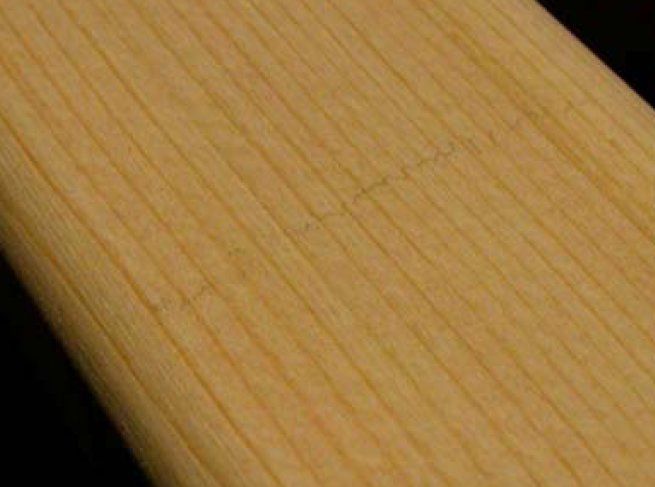Over the past several weeks I have asked several questions about using the table saw and have received information that has been of great help to me in regard to safety. One o f the issues that has been pointed out to me is the danger of having a short cross cut work piece binding between the blade and the fence. So I have learned how to prevent this potential before I got into trouble. For this help I am very grateful.
Rather than making an assumption about another associated point I need to ask another question. It seems to me that common sense tells me that if the cross cut is longer than the diameter of the blade that there is no chance of the work piece binding. Also does it make sense that a cross cut won't pinch and cause a kick back like a rip cut can do.
Am I correct on both of these two points? If not, I need to know.
Jerry Bowen
Colorado City, TX
Rather than making an assumption about another associated point I need to ask another question. It seems to me that common sense tells me that if the cross cut is longer than the diameter of the blade that there is no chance of the work piece binding. Also does it make sense that a cross cut won't pinch and cause a kick back like a rip cut can do.
Am I correct on both of these two points? If not, I need to know.
Jerry Bowen
Colorado City, TX








